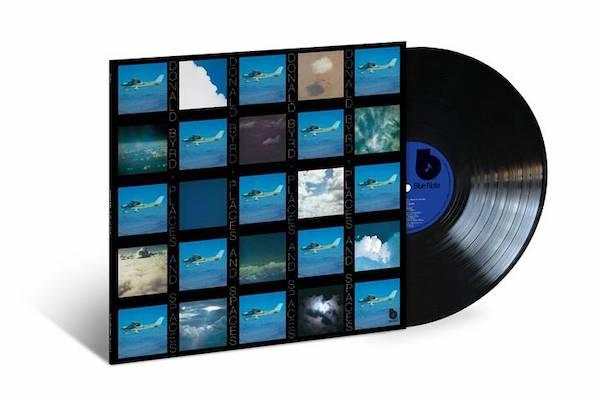AAA Vinyl
Sort By: Post Date TitlePublish Date
|
Feb 08, 2022
|
Feb 02, 2022
|
Jan 27, 2022
|
Jan 06, 2022
|
Dec 23, 2021
|
Dec 07, 2021
|
Nov 30, 2021
|
Nov 28, 2021
|
Nov 10, 2021
|
Nov 03, 2021
|
Oct 05, 2021
|
Oct 01, 2021
|
Sep 24, 2021















